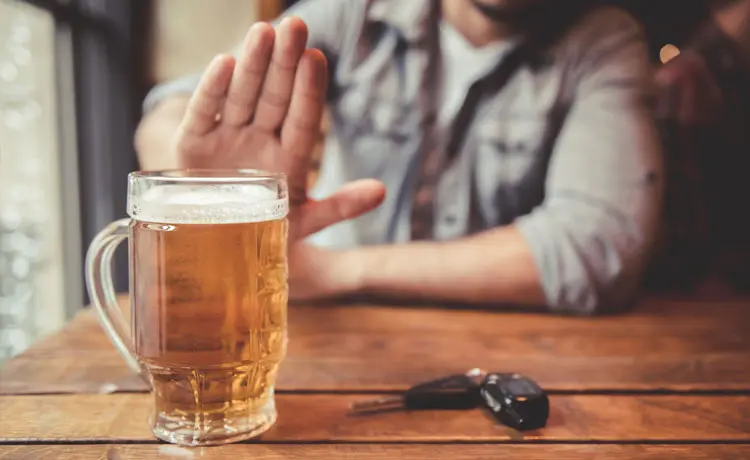Whether we’re socializing with friends, celebrating a big milestone or unwinding after a stressful day, alcohol plays a big role in our social lives. For some, enjoying a cocktail is a once-in-a-while thing, but for others drinking too much alcohol can be a problem. In fact, about 15.1 million adult Americans (aged 18 and older) abuse alcohol or are alcoholics.
But, it's never too late to start the quitting alcohol journey. Program managers and health care professionals can help encourage this journey in positive and reinforcing ways. The following Top 10 tips below will help people get started.
How Much Is Too Much?
The recommended drinking guidelines for men and women are:
No more than two drinks per day.
No more than one drink per day.
Are You Drinking More Than You Should?
If you’re drinking more than the recommended amount, you may have a dependence on alcohol. But it’s never too late to control your drinking and get your life back on track! If you’re ready to change your drinking habits, follow these top 10 strategies for quitting alcohol before it becomes a serious problem: 10. Set goals. Plan the maximum number of drinks you will have in one sitting, the number of days you will drink per week and a maximum number of drinks per week. Make some days alcohol-free. 9. Keep track of how much you drink. Write down your drinking limit numbers on a small card. Visit the National Institute on Alcohol Abuse and Alcoholism’s website to download and print the card. 8. Count and measure. Know standard drink sizes so you can accurately count and measure your drinks. 7. Pace yourself. When you do drink, sip slowly and don’t drink more than one standard alcoholic drink per hour. Space out your alcoholic drinks with nonalcoholic options (e.g., water, soda, juice) in between. 6. Add food. Don’t drink on an empty stomach. When you eat while you drink alcohol, your system absorbs the alcohol more slowly. 5. Find alternatives. Develop interests and activities that don’t involve drinking. Separate your social activities from drinking activities. 4. Avoid “triggers.” Think about what triggers your drinking, and of ways to prevent triggers from derailing your progress. If certain people, places, activities or feelings set off your urge to drink, avoid them. 3. Have an action plan for urges. When an urge hits, remember the commitment you made to yourself and your reasons for changing. 2. Don’t go through it alone. Cutting down on drinking can be a difficult process; you don’t have to go through it alone. When you’re having a difficult day, talk it out with a friend or family member you trust. 1. Just say “no.” Practice different ways of saying no to people who offer you drinks. Be direct and firm when you answer. Leave a place or situation if you feel uncomfortable.If cutting down on your own is not working, seek professional help and consider quitting drinking alcohol altogether.
